“Scots – Irish Heritage and History Site – One of York County’s historic 4-B churches.”
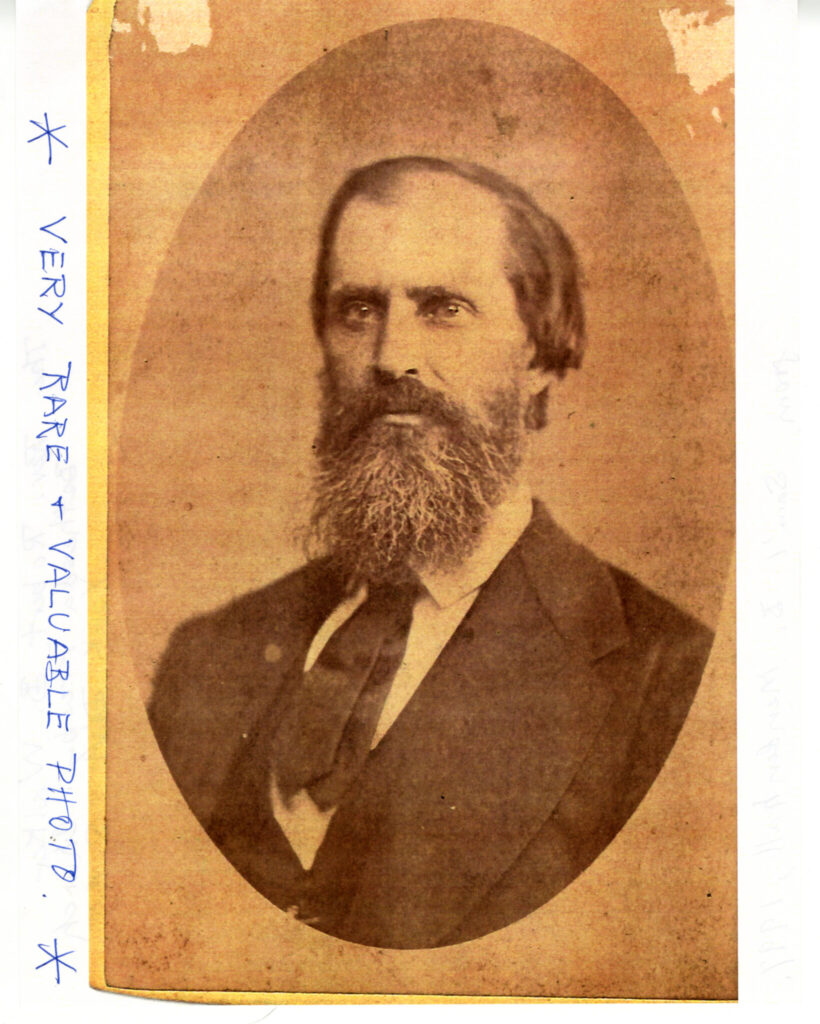
As noted by historian Wm. B. White, Jr., this is a rare image of the Rev. Robert B. Walker of Bethesda Church. Courtesy of the WU Pettus Archives – 2023
City Directories and History: Bethesda Church was located in York District, eight miles southeast of York. The church gave its name to the region surrounding it, which was occupied by the members of its congregation. The year 1758 is given as the date of the church’s beginning. About the year 1760 a plain but substantial wooden structure was erected as a house of worship about a mile eastward from the present church. The church was organized by either Rev. William Richardson of Waxhaw or Rev. Hezekiah Balch, a missionary sent out by the Synod of New York. The building erected in 1760 burned accidentally in 1780 caused by the burning of adjacent woods. A new church was built a few feet south of the present one. It was a frame building which stood for forty years. (Information from: Names in South Carolina by C.H. Neuffer, Published by the S.C. Dept. of English, USC)
One of the oldest churches in the South Carolina Upcountry, Bethesda Presbyterian Church is also one of the four original Presbyterian
churches in the state’s old York District. A mission (church) is believed to have existed as early as 1760 and Bethesda was formally organized about 1769 or 1770. From 1800 to 1863, the congregation held large camp meetings associated with the Second Great Awakening. Bethesda’s present structure, built in 1820, is the third building associated with the church. Bethesda represents the typical rural brick church in an expanded meetinghouse form. The interior reveals a double-aisle configuration with side aisles under the gallery. Although Victorian motifs have been added both to the interior and exterior, the basic architectural integrity of the church has been retained. The gallery is supported by square columns of ca. 1882 vintage on the first level and original octagonal columns on the second level. The narthex wall dates from 1917 but the original gallery stairs are intact. Other 1882 alterations include the semicircular-arched pulpit niche, the pews with scroll motifs and the widened windows with 2/2 sash. The pulpit furniture and lighting fixtures also date from 1882. Also significant in its own right is Bethesda’s cemetery. Among those buried there are veterans of the American Revolution, Mexican War, Civil War, and both World Wars. Listed in the National Register August 16, 1977. [Courtesy of the S.C. Dept. of Archives and History]
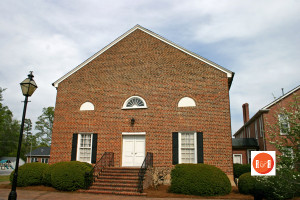
Images of Bethesda Presbyterian Church courtesy of photographer Bill Segars – 2006
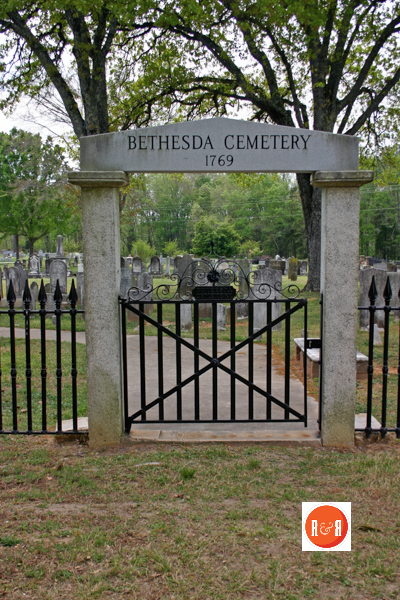
CONSTRUCTION: The brick church was constructed by local artisans Abner Stewart, Richard Strait and Nathan Moore. Mr. Moore lived just south of what is today Historic Brattonsville as did Mr. Strait. These were all skilled artisans who were paid approximately $5,000. to complete the church. This was a significant amount of money to be paid at that early 19th century period. Nathan Moore went on to construct many houses throughout the Bethesda Community. Note the 1830 census shows a number of respected artisans living at or near the home of Dr. John S. Bratton. This includes Richard Strait, J. N. Moore, Robert Owens and John Swan. All of these men had been involved at one time or another in the construction of either Bethesda Church or the Bricks at Historic Brattonsville. John Swan was the contractor for Bethesda’s first church.
Bethesda Church also served by fostering the development and construction of other Pres. churches in the region, including Zion Presbyterian Church in the Town of Lowry’s, South Carolina.
“Bethesda Presbyterian Church, located several miles east of Yorkville, was founded by Protestant immigrants from Northern Ireland, Pennsylvania and lower South Carolina. Although it existed around 1760, the church was not actually organized until 1769. It is believed that this church was also started by Rev. William Richardson. About one hundred and’ forty families were located in the settlement between 1765 and 1785 and their surnames are as follows: Adair, Adams, Atkins, Ash, Adrian, Arthur, Baird, Berry, Barry, Black, Boggs, Bratton, Burriss, Brown, Byers, Carroll, Clendenin, Curry, Cooper, Davidson, Dickey, Drewery, Dennis, Ervin, Fleming, Fanderon, Gallaher, Gill, Givens, Guy, Glover, Giver, Gaston, Gordon, Hanna, Hemphill, Hillhouse, Howie, Hetherington, Harris, Henry, Keenan, Kelsey, Kidd, Kirkpatrick, Kuykendall, Lathan, Lacy, Leach, Love, Lewis, McElwee, Manahan, Martin, Mitchel, Miller, McElhenry, Murphy, Mills, Marley, McNeel, McConnell, McLure, Moore, Norman, Pagan, Palmer, Porter, Quinn, Ratchford, Robeson, Ross, Rainey, Ray, Sadler, Silliman, Steele, Straight (Strait), Swann, Starr, Smith, Stallions, Trail, Wallace, Waters, Williams, Williamson, Wiley and Young.”
Information from: Names in South Carolina by C.H. Neuffer, Published by the S.C. Dept. of English, USC Also see PDF history this page: GUIDE TO PRESBYTERIAN NAMES AND PLACES IN SC by J.B. Martin, III – 1989
A stop on the Built of Brick Jaunt – Driving Tour
IMAGE GALLERY – Courtesy of photographer Bill Segars, 2016
- Bethesda Presbyterian Church
————
“Rev. R.B. Walker was ordained and installed as pastor of Bethesda Church in 1794, a position he held until 1834, when it was dissolved at his own request because of age and attendant infirmities. In his memorial sermon delivered after the death of Mr. Walker, Rev. P.E. Bishop says of him: “His field was widely extended, his duties arduous, and his labors great. Although pastor of Bethesda, that church did not enjoy his exclusive labor much of the time. He also supplied Ebenezer for a space of about 25 years. Ebenezer (10 miles distant from Bethesda) embraced a large scope of densely populated country, and brought a large mass of immortal mind under the direct influence of his stated ministry. When not connected with Ebenezer, he supplied at different times several smaller churches.”
Mr. Walker began his ministry at Ebenezer about 1795. This was discontinued in favor of Mr. Roseborough, who, as previously stated, remained only a short time. Mr. Walker was then engaged for one fourth of his labors. This continued without material interruption until the pastorate of Rev. Josiah Harris in 1823. Mr. Walker also supplied, although not continuously, in that period between the ministries of Samuel L. Watson and P.E. Bishop.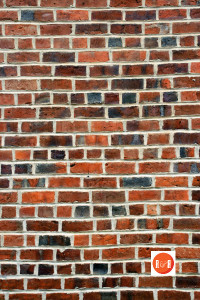
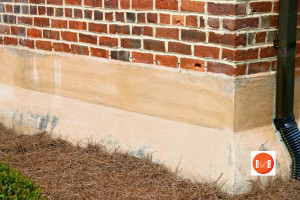
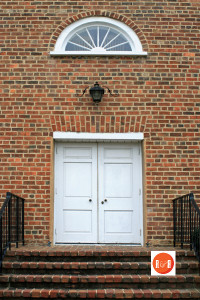
In 1800 South Carolina Presbytery was split into First and Second Presbyteries, the Broad River being the dividing line. Ebenezer was in First Presbytery. In 1810 First Presbytery was dissolved by Synod, primarily because it failed to take disciplinary action against Rev. William C. Davis, pastor of Bullock’s Creek Church, and who had once supplied Ebenezer, for allegedly holding to erroneous doctrine. The lower part of the Presbytery was annexed to Harmony Presbytery, which had been created by Synod in 1809, while the upper part, including the churches in York County, was annexed to Concord Presbytery. Mr. Davis was cited to appear before Concord Presbytery to answer the charges against him. Feeling that he had been pre-judged, he withdrew and formed the Independent Presbyterian Church, which flourished in this area until 1863, when it united with the Presbyterian Church in the Confederate States of America.
In 1824 Bethel Presbytery was formed and the churches in York County were transferred to that Presbytery; however, Bethel was under the jurisdiction of the Synod of North Carolina until 1828, when, at its own request, it was transferred to the jurisdiction of the Synod of South Carolina.” [Information from The History of Ebenezer Presbyterian Church by S.B. Mendenhall – 1985]
The Yorkville Enquirer reported on April 3, 1873 – “A property transfer occurred from H.F. Adickes to S.G. Hemphill, Trustee of Bethesda Church of 46 acres in Bethesda Township for $400.”
The Yorkville Enquirer of July 12, 1877 reported – “A July 4th picnic was held to celebrate the closing of Mr. John McNeel’s School at Bethesda Church.”
On Jan. 25, 1893 the Rock Hill Herald reported – “A neat wooden case has been built in one corner of Bethesda Church for the location of a Sunday School library.”
*** The Rock Hill Record reported on March 1, 1904 – “The deacons have shingles ready to cover the church.”
The Herald reported on Oct. 23, 1941 – “Funds are being raised by the congregation of Bethesda Pres. Church to build a rock wall on the lower side of the cemetery. The wall will reach about 1,000 ft., and will cost $1,200. according the L.G. Davison, the church Treasurer. Monuments in the cemetery were recently straightened and repaired by J.G. Sassi of Rock Hill.”
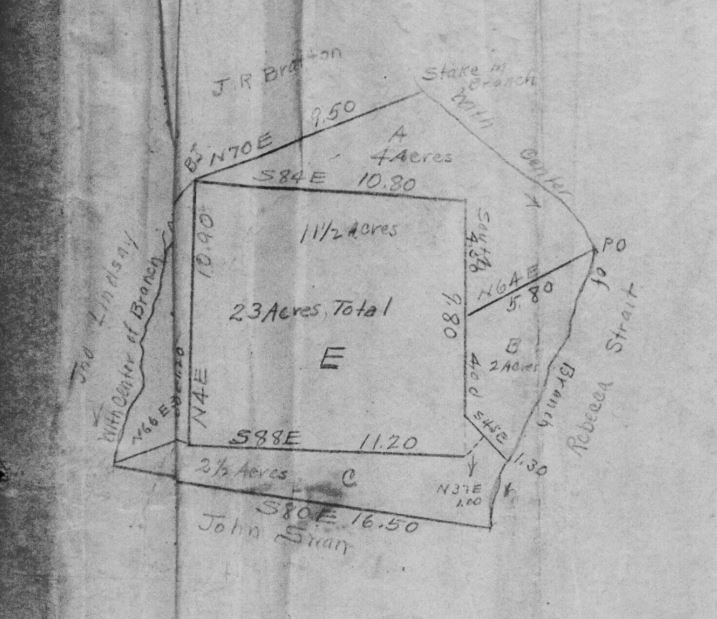
The church’s plat of land in ca. 1845. Courtesy of the AFLLC Grp – 2019
BETHESDA PRESBYTERIAN CHURCH by Louise Pettus Bethesda Presbyterian Church
Located 8 miles southwest of Rock Hill on Highway 322, was founded in 1769. It was the second church in York County (Bethel is 5 years older). Originally, Bethesda was a “meeting house.” To be called a church, the congregation had to be served by an ordained minister. Presbyterian ministers were few and far between on the frontier. The oldest church in the South Carolina upcountry, Old Waxhaw Presbyterian Church, founded in upper Lancaster County in 1755, was served by the Rev. William Richardson, a minister ordained in Scotland. The original Bethesda site was about a mile east of the present building. The first building was of logs. The log building burned by British soldiers in 1780 and was replaced by a wooden frame structure. About 1820 the present brick building was constructed. It is now the oldest church structure and the oldest brick church building in York County. In 1785 the first meeting of the South Carolina Presbytery was held at Old Waxhaw. Assignments were made for supply pastors. Rev. John Simpson preached at Bethesda once a month. Robert E. Walker became the first full-time pastor in 1795, serving the church for 40 years. For 25 of those years Walker also was pastor of Ebenezer Presbyterian Church. At other times he supplied various smaller churches. In 1835 Walker was succeeded by the Rev. Cyrus Johnston who served for five years. Johnston, like so many of his parishioners, went “West.” In Mississippi, Johnston established a Presbyterian church also called Bethesda Presbyterian.. As the years passed, cotton culture attached itself to the area. Slave labor was an element of the cotton culture. Blacks attended the same churches as their masters. In 1854 Bethesda’s rolls listed 73 black members. Records show remodeling from time to time. The original church floor had been made of brick. In 1857 the brick floor was replaced by a wood floor. In 1880 the present- day altar was installed. In 1979 the church received a $24,200 grant to apply new mortar to the old brick and to restore the pews. The women of the church played a major role in improvements. The Ladies Aid Society of Bethesda was organized in 1887. They raised money for a handsome chandelier (there was no electricity before the 1930s; kerosene was used for lighting). The Ladies Aid Society carpeted the church several times, bought various items of church furniture, purchased a silver communion set, all of which contributed to the general attractiveness of the church. An education building was completed in 1954. The first floor has 8 classrooms and there is an assembly room and kitchen upstairs. Any time of the year, but especially in the summer, passersby can see visitors amidst the cemetery’s ancient tombstones. The oldest known tombstone can no longer be read but in 1937 was transcribed as, “William Neely, Dec. 8, 1776. 42 years old.” Also, still legible in 1937 were two others: “Elizabeth Neely, Oct 25, 1785. 91 years old” and “Mary Neely, Oct. 16, 1815. 73 years old.” The oldest tombstone still legible is for Peggy Black who died Nov. 5, 1777, aged 28 years. The names most frequently found that date before this century are: Adams, Ash/Ashe, Black, Bratton, Burris, Byers, Clinton, Crawford, Davison, Erwin, Gordon, Hanna, Johnson, Lindsay, Love, Lowry, Mendenhall, Moore (the most frequent of all), McConnell, Sadler, Sandifer, Wallace, Williams, and Williamson. (Information courtesy of and from: YCGHS – The Quarterly Magazine)
Click on the More Information > link found below the picture column for additional data, maps or pictures.
Informative links: Bethesda Cemetery, Sketch of Bethesda
Stay Connected
Explore history, houses, and stories across S.C. Your membership provides you with updates on regional topics, information on historic research, preservation, and monthly feature articles. But remember R&R wants to hear from you and assist in preserving your own family genealogy and memorabilia.
Visit the Southern Queries – Forum to receive assistance in answering questions, discuss genealogy, and enjoy exploring preservation topics with other members. Also listed are several history and genealogical researchers for hire.
User comments welcome — post at the bottom of this page.
Please enjoy this structure and all those listed in Roots and Recall. But remember each is private property. So view them from a distance or from a public area such as the sidewalk or public road.
Do you have information to share and preserve? Family, school, church, or other older photos and stories are welcome. Send them digitally through the “Share Your Story” link, so they too might be posted on Roots and Recall.
User comments always welcome - please post at the bottom of this page.


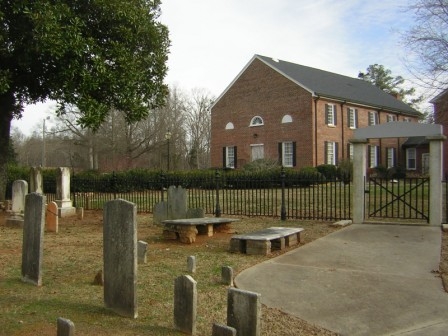
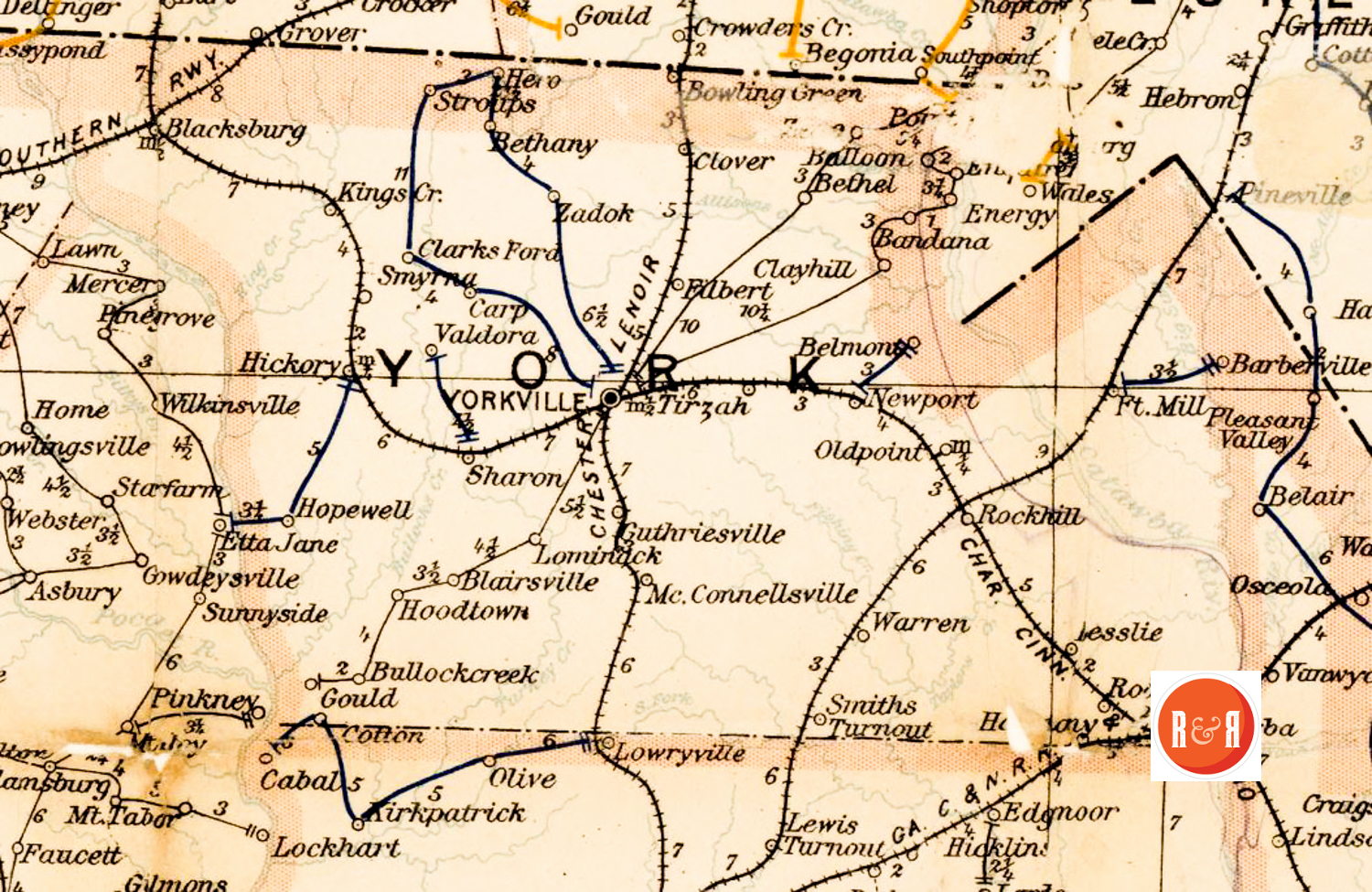
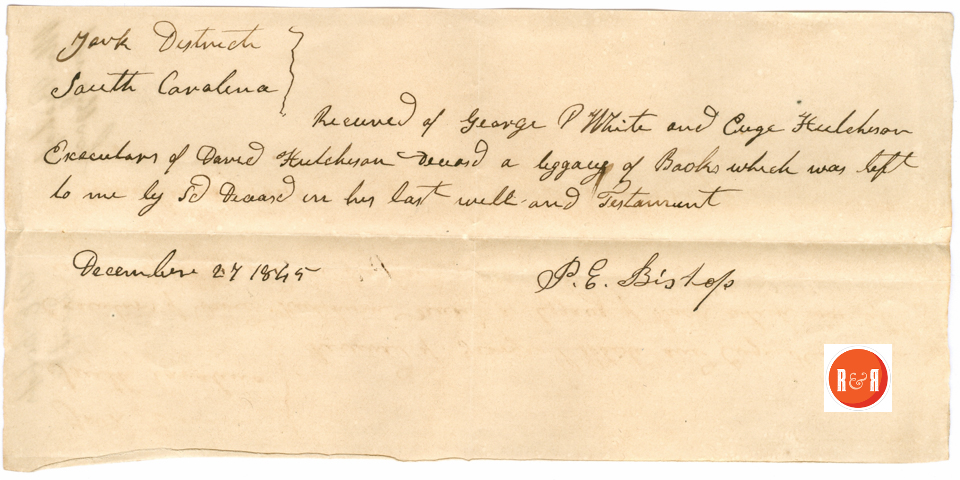
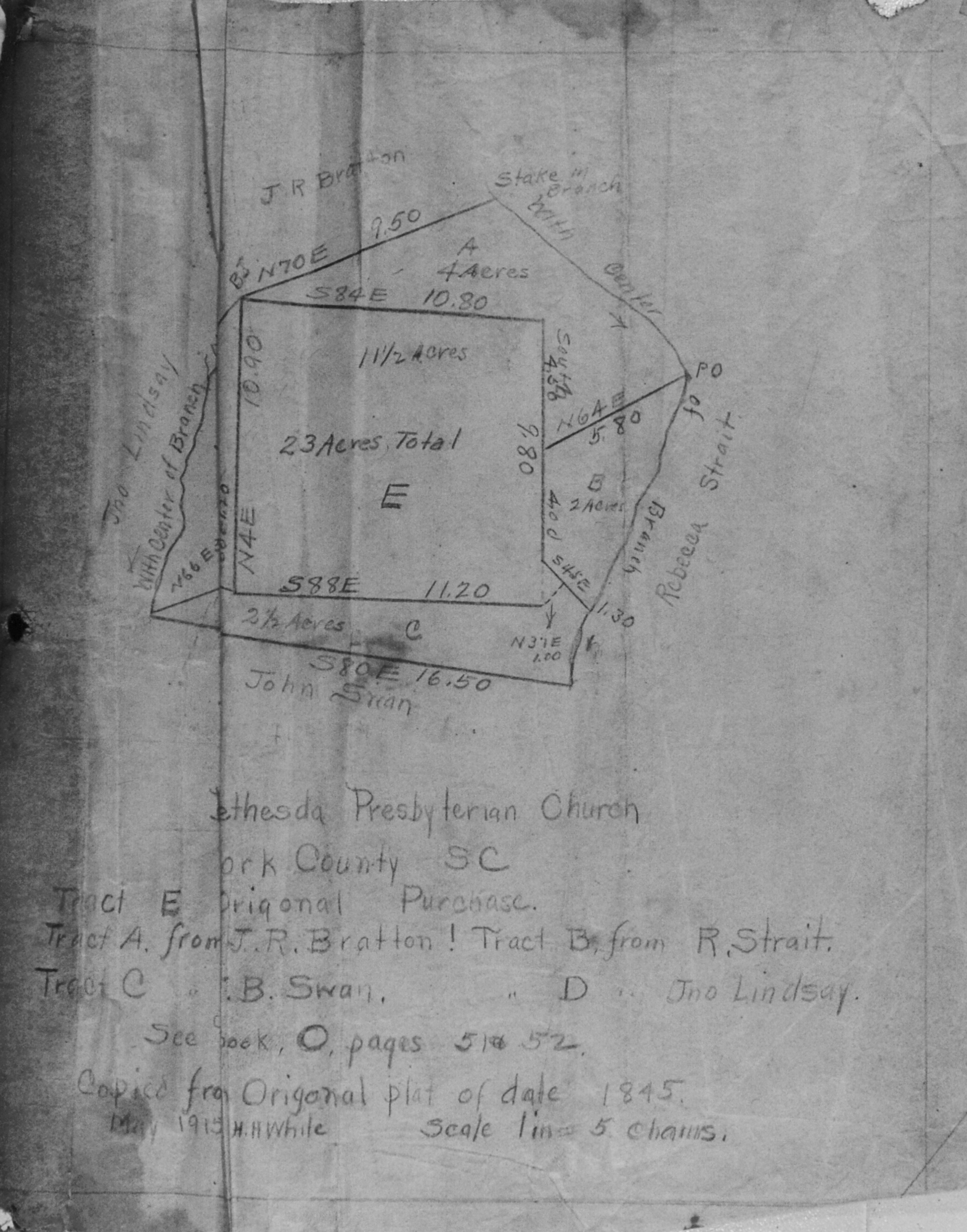
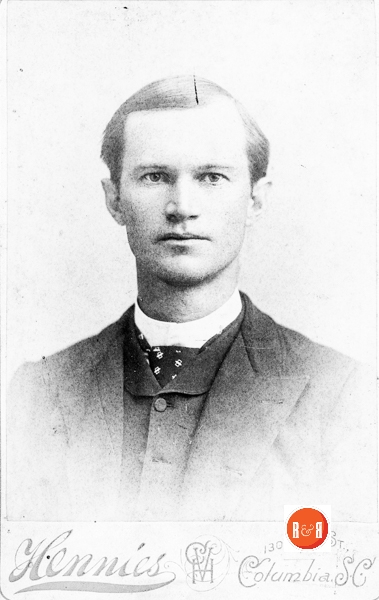
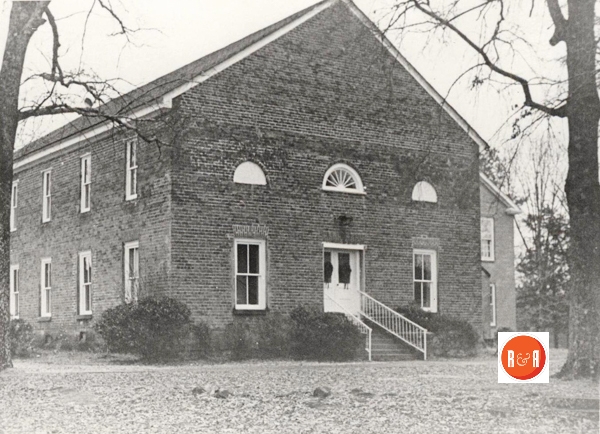
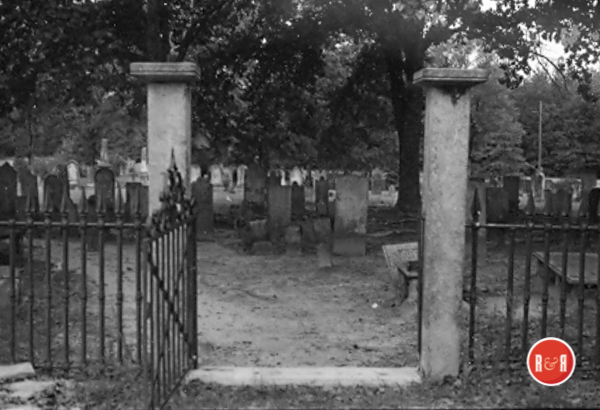
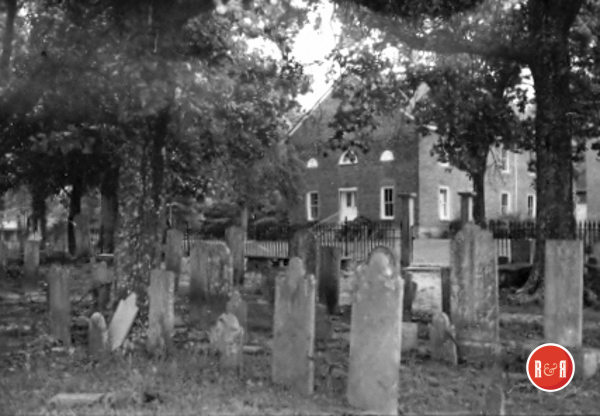
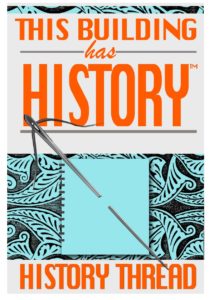
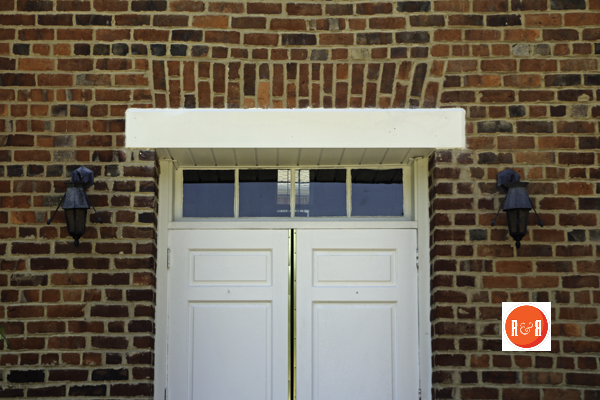
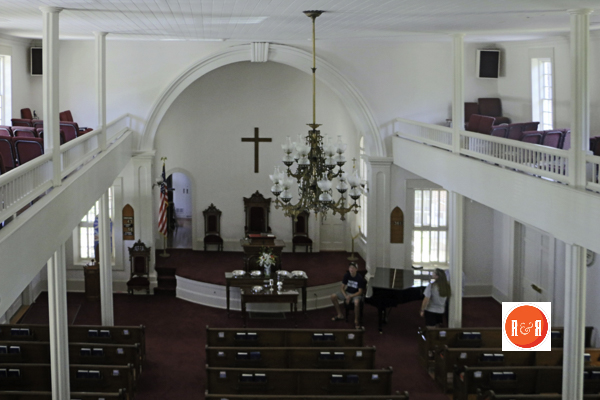
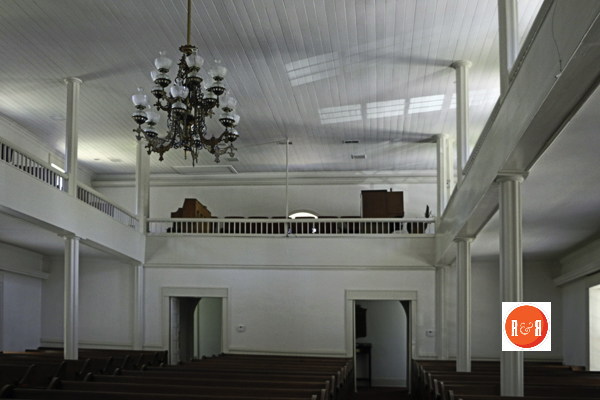
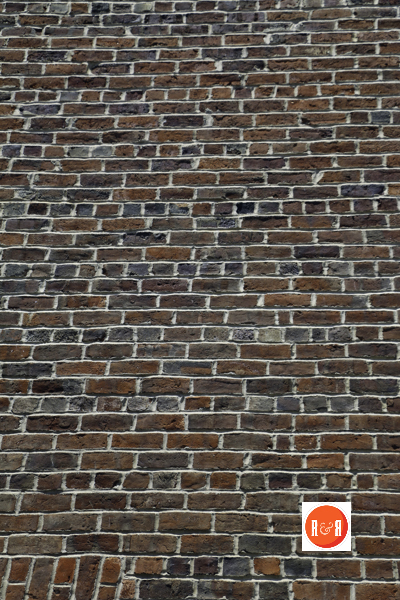
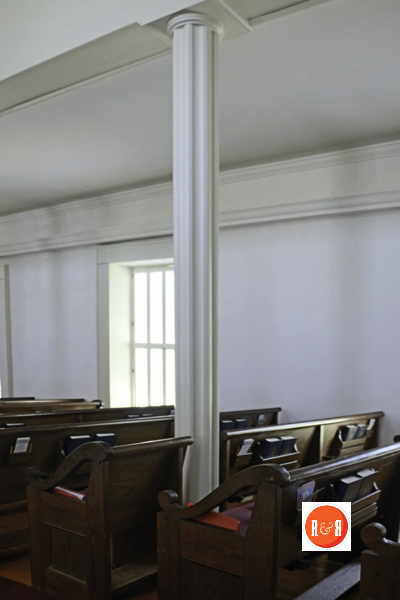
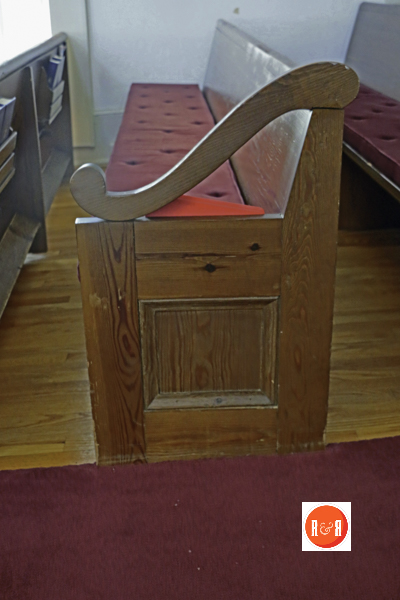
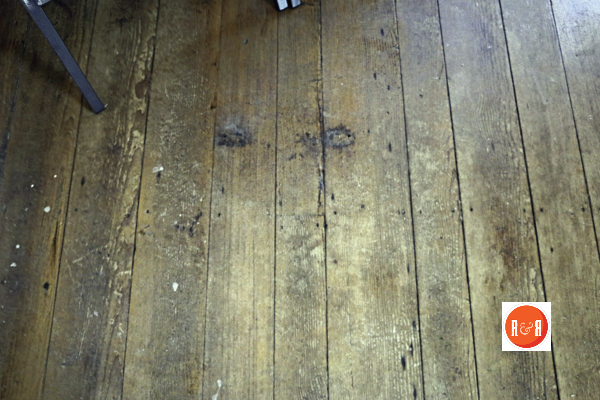
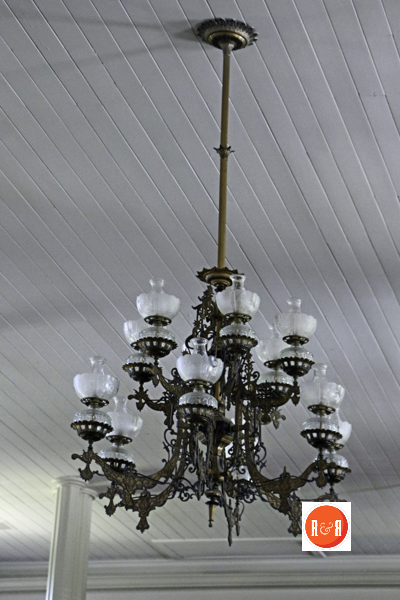

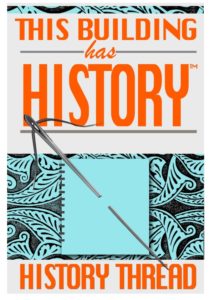


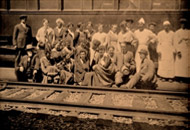
The home I rent sits on the site of the original Bethesda Presbyterian meeting house. There are long worn “headstones” on the plot behind the house near the creek bed. I’m glad to have found some information giving details about the church because I found it quite interesting when our neighbor told us.